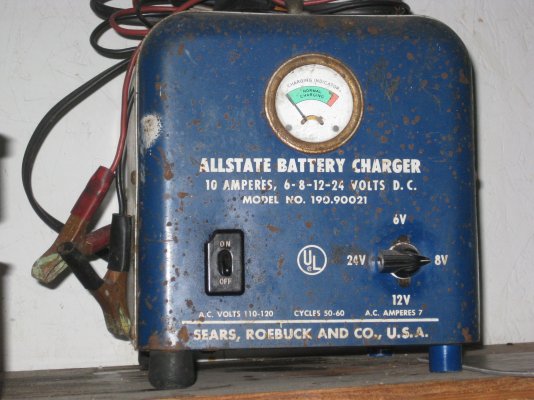To cut down on charging time, my RV smart charger actually ups the voltage as needed to pump 40A into the batteries until they are full. Else, the charge current will taper off as the battery voltage rises, and it would take forever.
When I was flying electric RC planes with my son, we used "peak" chargers on our NiCad and NiMH batteries. These chargers also up the voltage as necessary to maintain a constant charge current. They sense that a NiCad battery is full when its voltage drops. This characteristic is not shared by the NiMH, whose voltage only stops rising.
I was amazed when seeing that veteran RC flyers drove their batteries hard, yet were able to use the same packs for a couple of years, and over a few hundred cycles. Upon further research, I learned that hard discharging in conjunction with "smart" charging was far healthier for NiCad batteries than what the typical consumer product did with these batteries, which caused the memory effect and often leakage.


